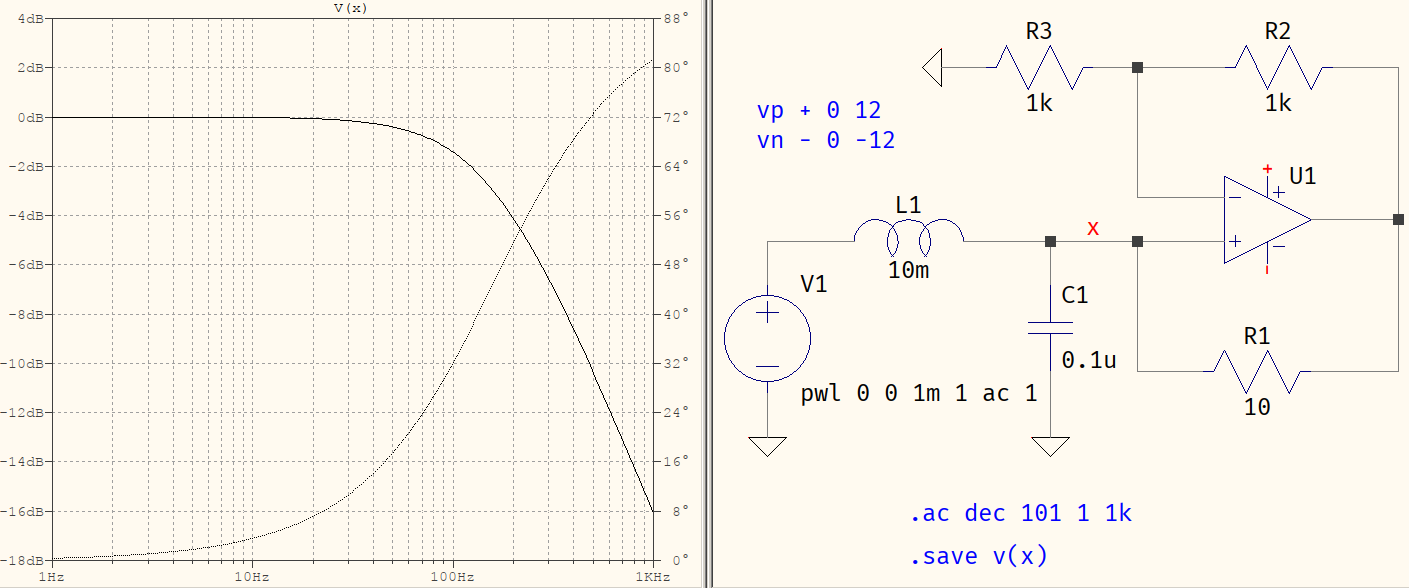Post History
Please note that the text refers to the integral, or the mathematical evaluation through integration which, indeed, cannot be obtained. But that doesn't mean you can't obtain the Laplace transfer f...
#1: Initial revision
Please note that the text refers to the *integral*, or the mathematical evaluation through integration which, indeed, cannot be obtained. But that doesn't mean you can't obtain the Laplace transfer function directly. A hypothetical RLC filter with a negative resistor is very much possible. In fact, it can be made in practice with emulated elements, and its transfer function will give a pole in the RHP:
$$H(s)=\dfrac{\dfrac{1}{LC}}{s^2-\dfrac{1}{RC}s+\dfrac{1}{LC}}$$
This can be obtaind by considering the raw Laplace equivalents of the elements. Is it unstable? Yes. Can it be done practically? Yes, here is the concept of it:

You can clearly see the phase going up. Does that violate the textbook? No -- the textbook only picks on the mathematical aspect (Olin says it better: semantics).


















